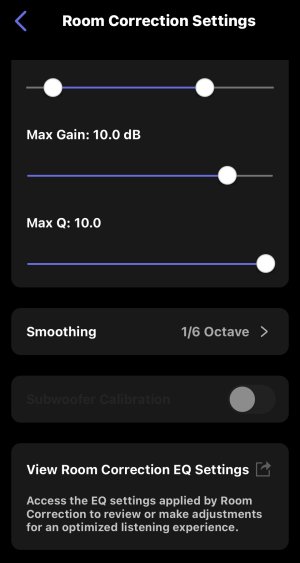Please review the app update release notes below. If you encounter any issues, feel free to reach out to us.
iOS Release Version
v3.0.5
What's New:
Android Release Version
v3.0.5
What's New:
iOS Release Version
v3.0.5
What's New:
- Volume Indicator Options: Customize the volume indicator behavior for WiiM Amp & WiiM Amp Pro.
- Spotify Volume Adjustment: A pop-up window now appears for easier Spotify volume control when using the side key on your iPhone.
- Room Correction Enhancements: Enjoy a more intuitive and improved UI for Room Correction.
- Queue Enhancements: Added support for reordering tracks in the playback queue (requires an upcoming firmware update).
- EQ Fix: Fixed issue preventing access to EQ settings while using USB media.
- USB Media Library: Fixed a crash when tapping "View Artist" or "View Album" on USB playback.
- Plex Playback: Fixed a crash when playing artist tracks in Plex.
Android Release Version
v3.0.5
What's New:
- Volume Indicator Options: Customize the volume indicator behavior for WiiM Amp & WiiM Amp Pro.
- EQ Fix: Fixed issue preventing access to EQ settings while using USB media.
- USB Media Library Fix: Fixed random crash when browsing artists in the USB media library.


